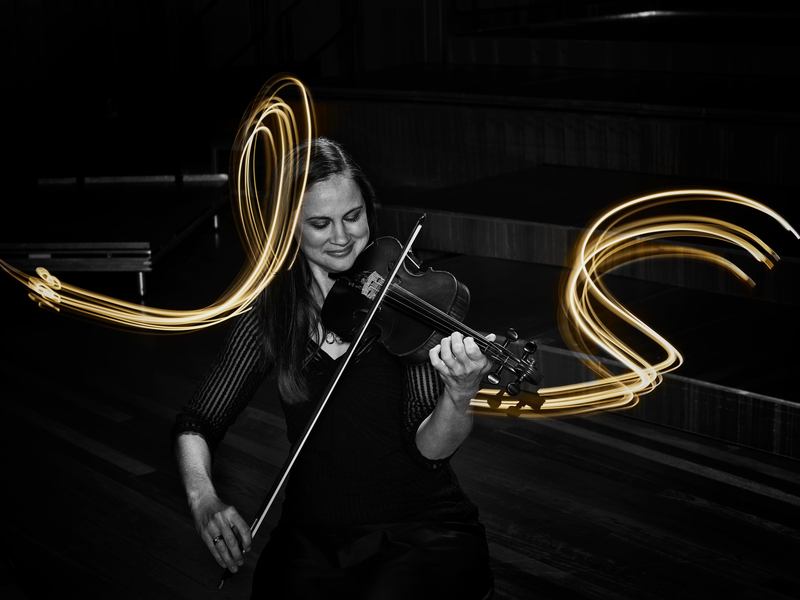Arts Review
Tchaikovsky’s Pathétique

Queensland Symphony Orchestra – Tchaikovsky’s Pathétique
16–17 May 2025, Concert Hall
The Queensland Symphony Orchestra’s Pathétique program was one of those rare performances where the music didn’t just speak—it moved, danced, and painted scenes like a film score unfolding live, or a ballet leaping from the pit to the stage. With an inspired selection of works by Strauss, Korngold and Tchaikovsky, the night took us from impish humour to lush romanticism and finally into the deep, shadowed corners of human emotion.
Opening with Richard Strauss’s Till Eulenspiegel’s Merry Pranks, the orchestra launched straight into a spirited character piece that could’ve easily underscored a comedic ballet sequence. Think the chaotic energy of Coppélia’s village square or the puppets in Petrushka springing to life—this music had narrative built in. Every section of the orchestra had something to say, and under Gábor Káli’s nimble baton, they said it with charm and cheek. What stood out was the way the ensemble gave equal voice to the full orchestra: woodwinds sparkled with as much presence and detail as the strings, while the brass punctuated moments with bold, comic flair—especially Principal Horn Tim Marchmont, whose playful lines danced effortlessly. It was a fitting spotlight in what was his farewell performance after a remarkable tenure with QSO—and, as it happened, his birthday too.
The harp made its first appearance here in subtle yet sparkling moments, like a knowing wink within the orchestral dialogue. Far from being decorative, it added texture and shimmer, dropping in at just the right intervals like a delicate spotlight on a scene change.
Then came Erich Korngold’s Violin Concerto, with young Swedish soloist Daniel Lozakovich casting a spell from the first note. His sound was silky, full of colour, and seemed to float out of his instrument with barely a movement—like it was being exhaled rather than played. The orchestral accompaniment was equally cinematic: rich strings, glowing brass, and yes, more beautifully blended woodwind lines, all creating a backdrop that felt straight out of a golden-age film or a romantic ballet. The harp returned here too—gentle, dreamy, always in the right place at the right time, like a soft-focus lens capturing the emotional undercurrent.
At interval, there was that rare kind of buzz in the air. “I’ve never heard anything like that before,” said the woman next to me, eyes wide. And it wasn’t hyperbole—it was that kind of night.
The second half belonged to Tchaikovsky’s Symphony No.6, the Pathétique. This wasn’t just a performance; it was a story laid bare. Káli’s interpretation was tender and intense, every tempo and transition carefully considered. Again, the orchestral balance shone: woodwinds weren’t just background—they were storytellers, equal to the strings, brass and percussion. The third movement’s triumphant march saw all forces lock in with exhilarating precision—so much so that some audience members thought it was the finale (a common and forgivable error).
But it was the fourth movement that lingered—slow, sorrowful, and utterly human. As the music faded, the audience held their breath. Silence took over like a final bow. It was chilling in the most profound way.
Throughout the night, the QSO played not like a collection of sections, but as a single organism breathing as one. Every instrument—from the most delicate flute line to the warm resonance of the lower strings, from the dramatic timpani to the harp’s glinting notes—was given space, presence and purpose. Nothing was wasted. Everything belonged.
In short: this was more than a concert. It was a cinematic arc, a balletic journey, and a heartfelt goodbye all at once. A glorious send-off for Tim Marchmont, and a shining example of what the QSO does best—bringing orchestral music to vivid, living life.
Review Written by Joanna Letic
Imagery Provided by Queensland Symphony Orchestra